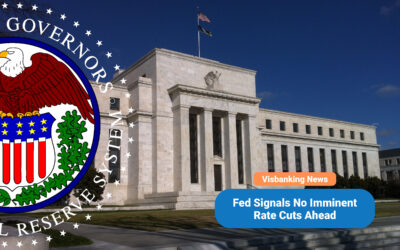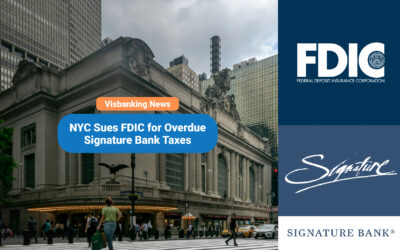Estimated reading time: 2 minutes
A new report from the Consumer Financial Protection Bureau was published this week, and provided insight into consumer use of Buy Now, Pay Later options. The “Consumer Use of Buy Now, Pay Later Insights from the CFPB Making Ends Meet Survey” report found that BNPL installment payment plans continue to provide advantages for consumers, but that risks for borrowers remain a concern.
According to the agency report, consumers who have sub-prime credit scores between 580 and 669 tend to benefit from BNPL options that include no interest installment plans. That’s because their lower credit scores would result in higher interest rates if they made the same purchases with traditional credit cards. In fact, the report suggests that those credit card rates could be as high as 23% annually for a majority of BNPL users.
The report did note that most of the consumers who utilize BNPL do not appear to be financially distressed. However, the agency reported that some BNPL users are under such stress, and many of them have lower savings and liquidity levels than consumers who do not utilize those installment payment options.
What the data says about BNPL use
Around one-quarter of buy now, pay later users and non-users have no credit card liquidity. However, about twice as many of those borrowers have card debt balances exceeding credit card limits. About 6% of installment borrowers maintain such negative liquidity, compared to around 3% for non-users.
Other report findings reveal that the average user also has nearly $12,000 less in cash and savings than non-users. They also tend to maintain higher levels of credit card debt, and use their cards more than consumers who do not rely on BNPL options. Roughly 18% of those users were also behind on at least one of their credit product payments.
Still, the CFPB report cautioned that their findings do not suggest that the installment products are to blame for any financial stress:
“The data in this report do not allow us to distinguish the direction of causality — namely whether consumers in distress are more likely to use BNPL, for instance, in order to substitute away from high-interest loans that they already have, or whether BNPL use leads consumers to increase borrowing using other non-BNPL products. This question remains an important area for future research.”




